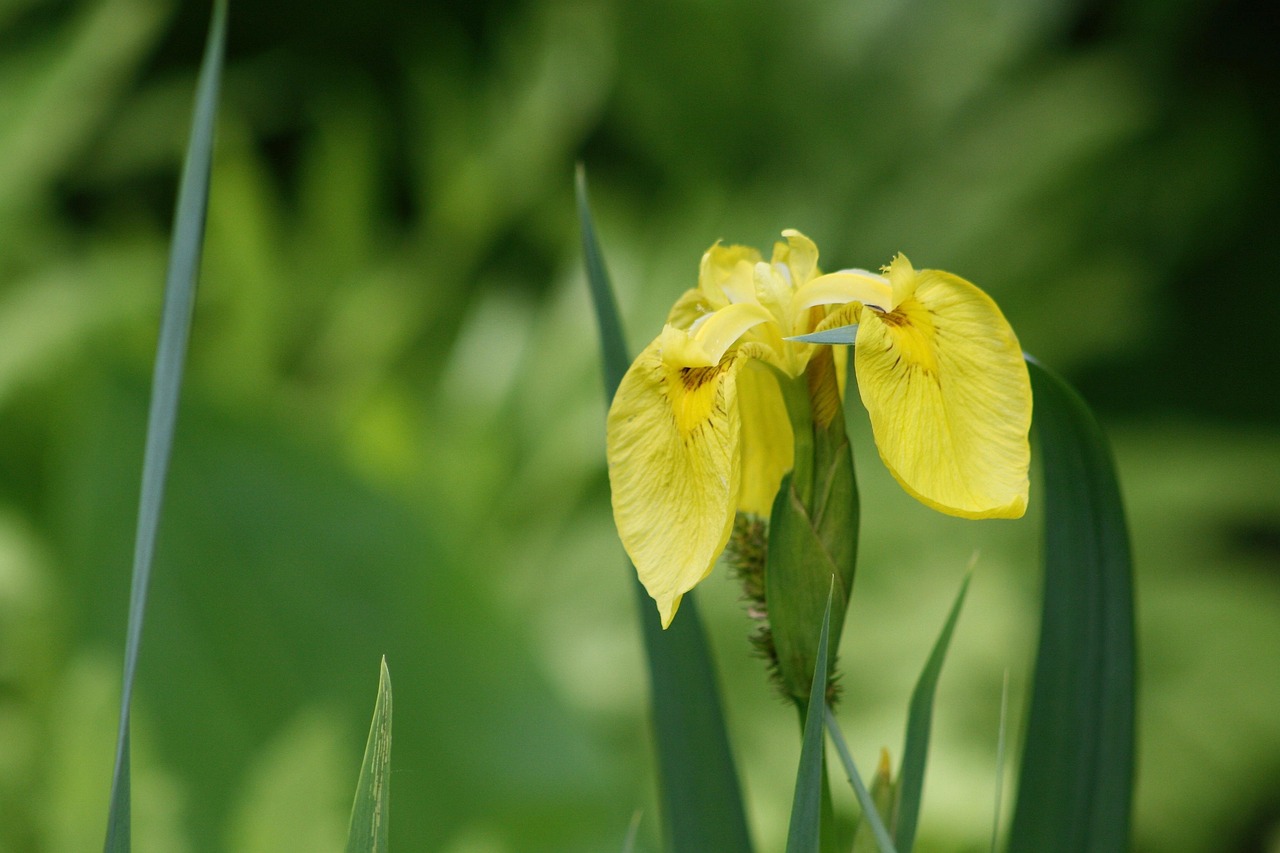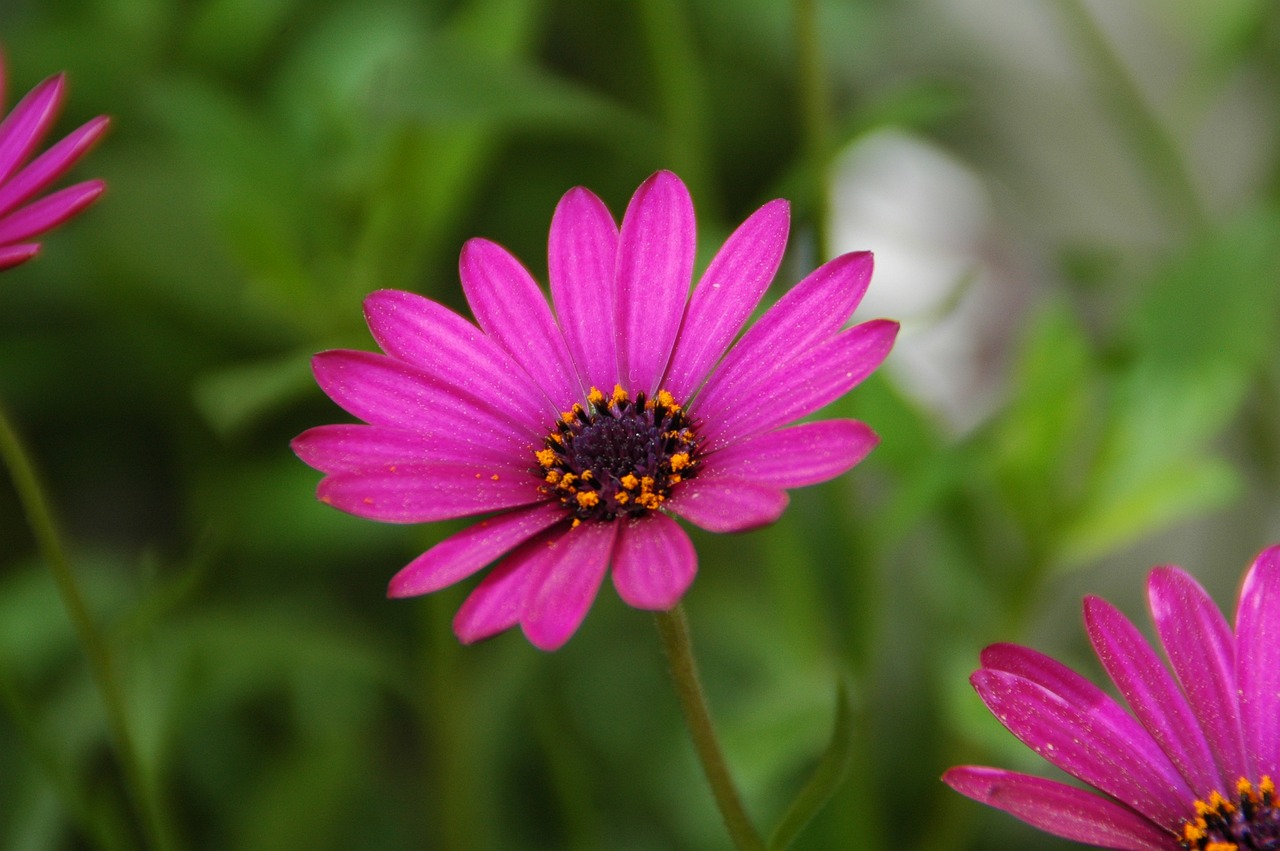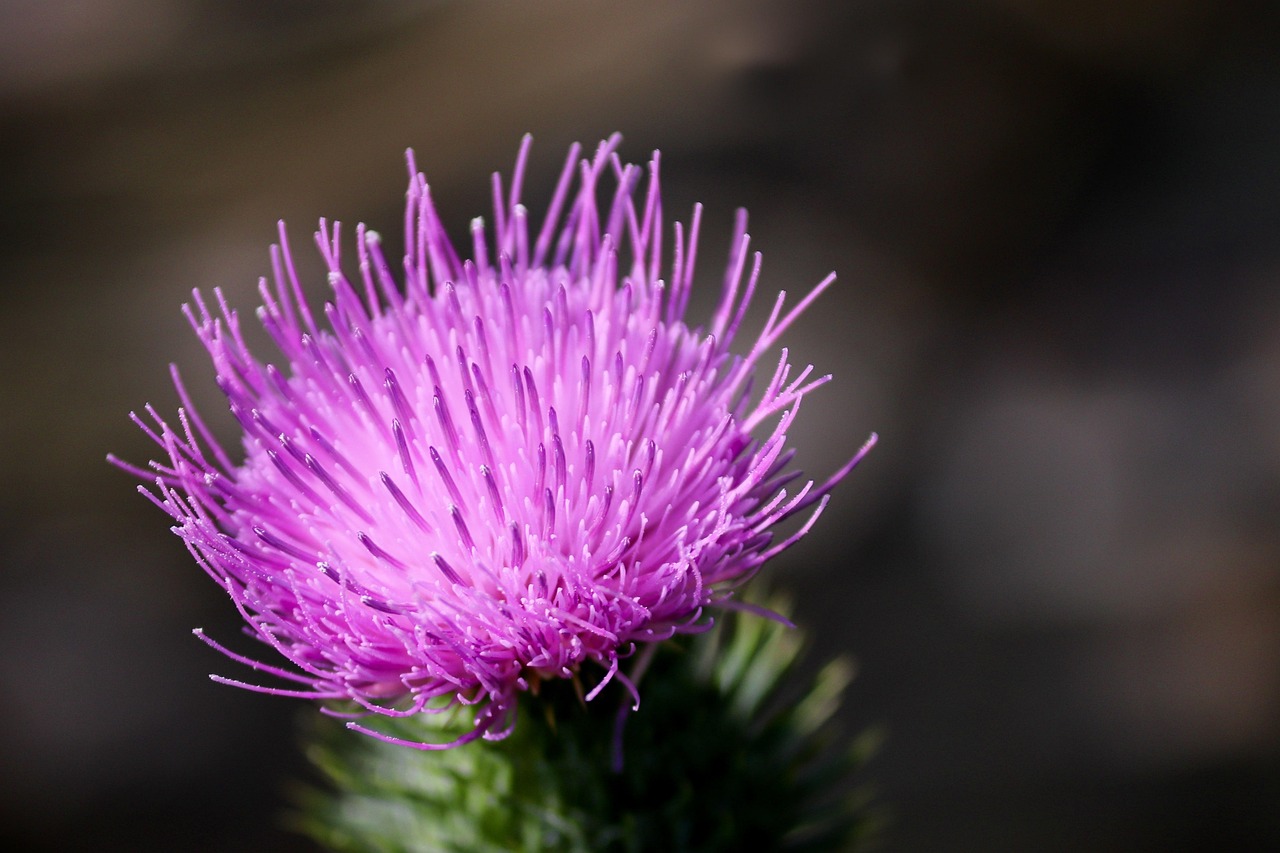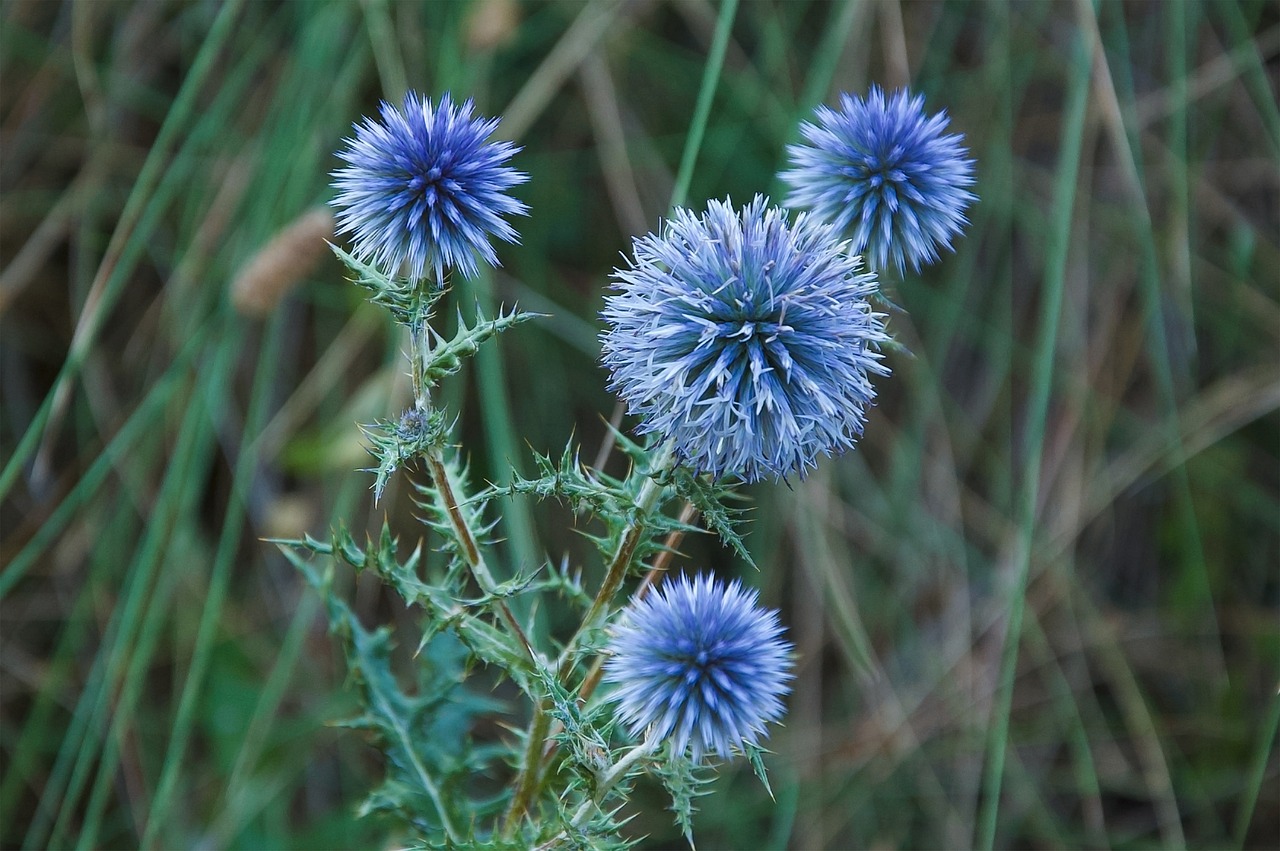Delphinium | The Blue Aristocrat that Adorned the Victorian Garden
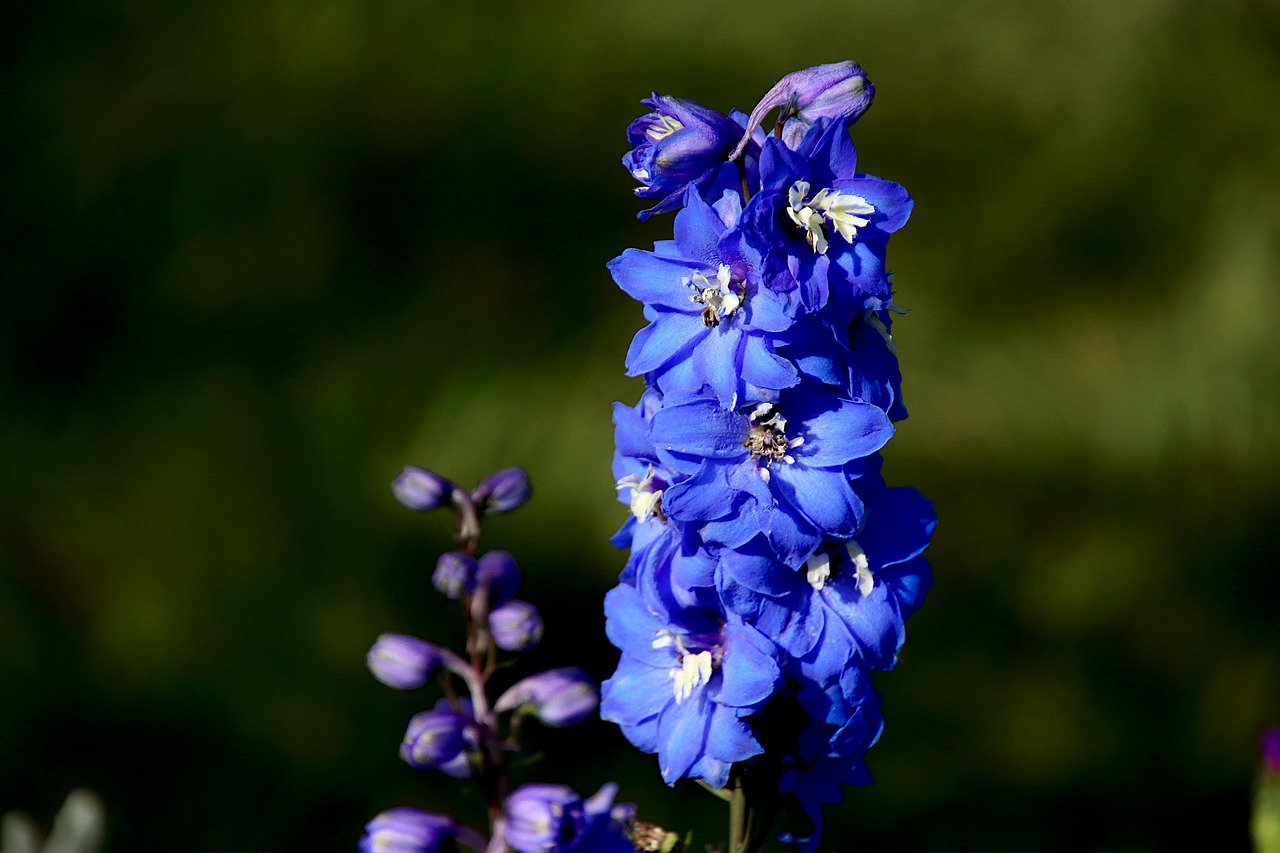
I introduce the delphinium, a perennial plant admired for its graceful form and striking blue blossoms. With its elegant appearance, it has long been cherished in gardens and floral arrangements, deeply rooted in European gardening culture.
In this article, I will provide detailed information about the delphinium, including its basic profile, cultural significance, historical background, and tips for cultivation.
Basic Information
- Scientific name: Delphinium spp.
- Family: Ranunculaceae
- Origin: Temperate regions of the Northern Hemisphere (Europe, Asia, North America)
- Appearance: Tall stems bearing clusters of small flowers in shades of blue, purple, white, and pink.
- Blooming season: Early summer to midsummer, with prolonged flowering in cooler environments.
Cultural Significance Around the World
Because of its refined form and vivid hues, the delphinium holds special meanings in different cultures.
In Europe, it has symbolized nobility and sincerity, cherished as a prestigious plant in British gardens. It has often been included in royal gardens and remains essential in traditional English-style landscapes.
In the United States, the delphinium is regarded as a “symbol of the summer garden,” beloved by gardening enthusiasts. Its blue and purple flowers add vibrant accents to expansive landscapes.
In Asia, the plant was introduced under Western influence. In Japan, it is popular in Western-style gardens, where its cool blue shades are enjoyed as a refreshing feature of summer scenery.
Historical Episodes
The name “delphinium” originates from the Greek word delphis (dolphin), inspired by the resemblance of its buds to the shape of a dolphin.
In ancient Greece, the flower was offered to the gods and used in rituals and festivals.
In Europe, from the Middle Ages onward, delphiniums became a highlight of noble gardens. With the rise of British gardening culture in the 16th century, numerous varieties were developed. By the 19th century, breeding also flourished in France and Germany, earning the flower the title “aristocrat of the garden.”
In the United States, active hybridization in the early 20th century produced large, vividly colored blooms, which helped spread the flower’s popularity in home gardens.
Gardening Advice
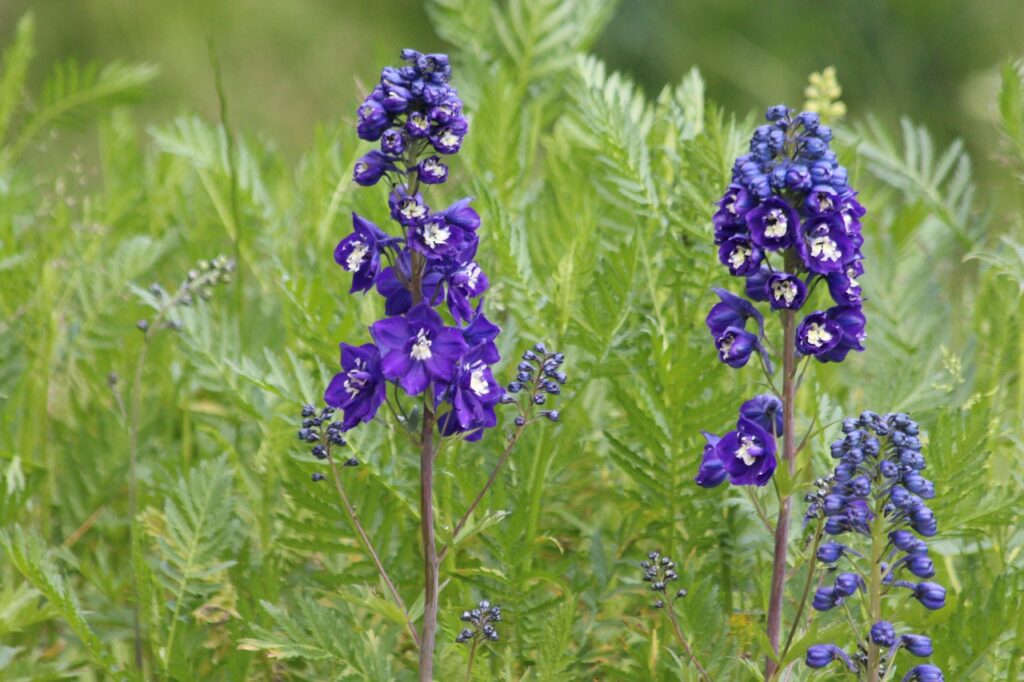
To grow delphiniums successfully, careful management is required.
Sunlight
They prefer bright conditions but should be sheltered from harsh direct sunlight to maintain a cool environment.
Watering
Water generously when the soil surface is dry, using well-drained soil to avoid waterlogging.
Soil
Choose soil with good drainage and moderate water retention; adding compost or leaf mold works well.
Fertilizer
Apply liquid fertilizer every two weeks during the growing season. Fertilizers rich in phosphorus enhance blooming.
Support
As the stems grow tall, staking helps prevent them from falling.
Cold resistance
They are relatively hardy, but in cold regions, mulching around the roots provides protection in winter.
Conclusion
The delphinium, with its refined beauty and striking shades of blue, has long fascinated people.
It carries a history rooted in Greek mythology, was celebrated as a noble flower in European gardens, and remains beloved in England, the United States, and Japan.
Today, it continues to enchant gardeners and admirers alike as a timeless classic of the garden.


